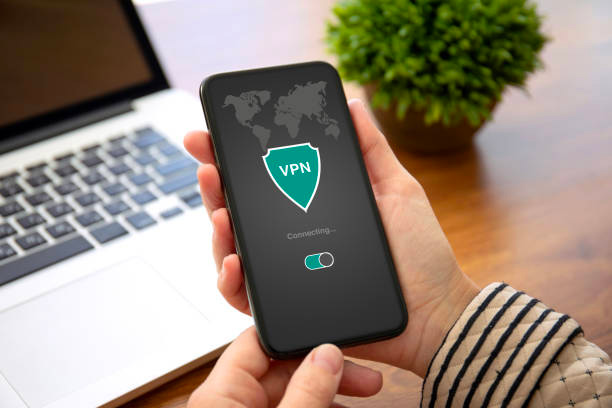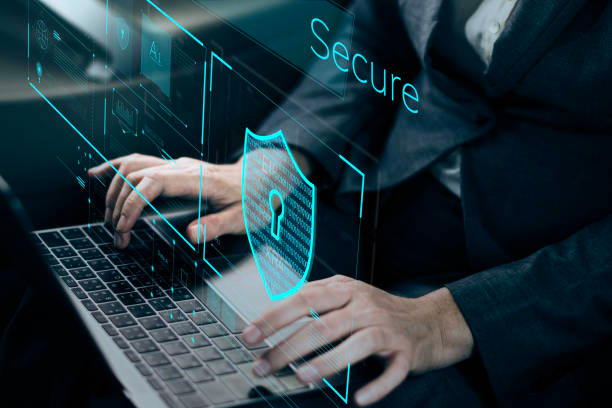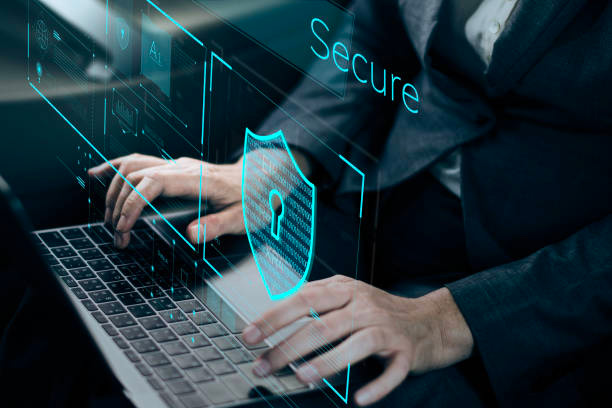
Over the last few years, and especially the last two, individuals and businesses have embraced remote access and the Cloud as an alternative to in-house hosting of systems and data. They use the Cloud infrastructure as a platform for their new systems. However, Cloud Systems bring new Cloud Security challenges in their wake.
Cloud security management is the practice of ensuring the security and integrity of data and applications that are hosted on cloud computing platforms. This involves implementing a set of policies, controls, and technologies to protect the cloud environment from various threats and vulnerabilities.
One of the key challenges of cloud security management is that the infrastructure, data, and applications hosted on the cloud are often shared by multiple users and organizations. This means that the security measures must be designed in a way that ensures the confidentiality, integrity, and availability of data and resources, while also allowing for the appropriate levels of access and collaboration.
There are some management techniques that can be used to ensure a high level of security. Here are three that have been recommended by experts in the field.
Physical Techniques
VPNs and Encryption

Remote access to systems over an open link means that any third party that intercepts your traffic can read it. If the traffic includes user credentials, that potentially means that they can gain access to your systems and data.
Connections can be secured by using VPNs and encryption.
A virtual private network (VPN) is a type of network that allows users to connect to the internet securely and privately over a public network, such as the internet.
VPNs are often used by individuals and businesses to protect their online privacy, to secure their internet connection, and to access websites and services that may be restricted in their geographical location. VPNs also provide a secure encrypted connection.
Encryption is the process of encoding data in such a way that it can only be accessed by someone with the correct decryption key. This is particularly important for sensitive data, such as financial information or personal data, to ensure that it remains confidential and cannot be accessed by unauthorized parties.
Multi-Factor Authentication

Single-level user-id/password authentication is easily circumvented. There are many documented cases of the slack use of passwords, such as writing them down in an easy-to-find location or one that is easily guessed, a birthday, a child or pet’s name or a car registration number for example.
Multi-factor Authentication (“MFA”) requires users to provide multiple forms of evidence to verify their identity. MFA is a multi-step process. After the traditional first-level exchange of credentials, such as user-id and password, the user presents the second level of authentication.
The second level can include something the user knows, for example, a password, something the user has, perhaps a security token or code sent to a mobile phone, or something the user is, such as a biometric characteristic like a fingerprint. In short, something that can uniquely identify the user.
By requiring multiple factors, the risk of unauthorized access is significantly reduced.
Access Controls to Systems and Data

In addition to encryption, cloud security management also involves the implementation of access controls to ensure that only authorized users can access specific data and resources. This can be achieved with role-based access controls, which allow administrators to define the level of access that different users or groups have to specific resources.
Firewalls

The use of firewalls is also an important part of cloud security management. A firewall is a network security system that monitors and controls the incoming and outgoing network traffic based on predetermined security rules. This can help to prevent unauthorized access to the cloud environment, as well as protect against malware and other threats.
Many new systems incorporate some elements of AI in threat analysis.
Security Management

New security threats and malware appear every day. As they say, security requires eternal vigilance. It is not a one-off exercise, rather a continuous process. In short, a key component of cloud security management is the regular monitoring and assessment of the security posture of the cloud environment. This involves the use of tools and technologies to continuously monitor the network and detect potential security threats, as well as to assess the effectiveness of existing security measures. This can help to identify and address any vulnerabilities and to ensure that the cloud environment remains secure.
There are several key processes involved in cloud security management, including:
-
Risk assessment: Identifying and analysing potential security risks and vulnerabilities in a cloud environment.
-
Security planning: Developing and implementing a plan to address identified risks and vulnerabilities. This typically involves identifying and implementing appropriate security controls and technologies.
-
Security monitoring: Regularly monitoring the cloud environment for potential security threats and incidents. This may involve the use of tools such as security logs and intrusion detection systems.
-
Incident response: Developing and implementing processes for responding to security incidents, including identifying the cause of the incident, taking appropriate steps to contain it, and restoring any affected systems.
-
Compliance: Ensuring that the cloud environment is compliant with relevant security regulations and standards.
-
Testing and evaluation: Regularly testing and evaluating the effectiveness of security controls to ensure that they are effective in protecting against potential threats.
Final Thoughts
As noted above, Cloud Security Management is an ongoing process. It involves keeping up to date and training IT staff and users on the current threats and countermeasures, and continually testing and evaluating the security environment.
